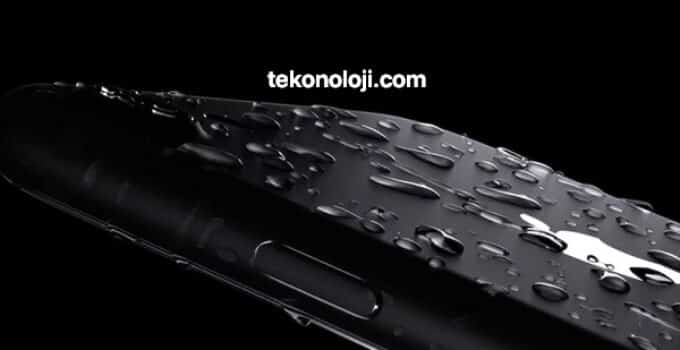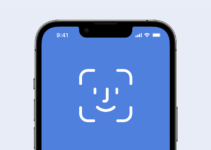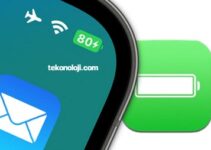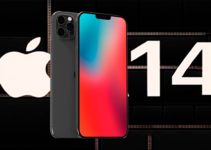IP certification for electronic devices, what it is, what it is used for and how it is determined. The world of smartphones today has accustomed users to IP certifications, such as IP54 or IP65, for example. It is true, most of the users trace this code, at least generically, to the waterproofing of the smartphone, but specifically, the exact meaning of the numbers may escape most. Here’s what exactly they mean.
How to send and open confidential emails with Gmail?
The IP code, or degree of IP protection or international protection marking, literally translates into English as “Ingress Protection”, which is abbreviated to IP. The two letters are followed by two numbers: the first digit indicates the ingress protection from solid objects, such as dust, while the second digit identifies the degree of protection against liquids, such as water.
Let’s take the example of the iPhone 13, which Apple certifies as IP68. By following the parameters in the table above, it is understood that the latest iPhone 13 series is, first of all, impenetrable from dust and has a continuous degree of protection from immersion in water. There are, then, some specifications to do, which in particular also concerning smartphones, with reference to protection from liquids.
1 – The protection generally applies to the vertical fall of water drops, for a duration of 10 minutes. In this case, the tests mean water equivalent to 1 mm of rain per minute. Obviously, this does not mean that the smartphone will stop working after the eleventh minute of rain, but the tests certify only the first ten minutes;
2 – In this case, the protection is from falling drops of water with a maximum inclination of 15 degrees, again for a total of 10 minutes, with 2 minutes and I apply for each direction of inclination. In this case, the protection is higher than the previous degree, with water equivalent to 3 mm of rain per minute;
3 – The test certifies the atomized rain by means of a special spray for at least 5 minutes, or with an oscillating tube for at least 10 minutes;
4 – Splash protection with an oscillating tube with test duration of 10 minutes;
5 – Protection from water jets for 1 minute per square meter for at least 15 minutes, with a volume of water of 12.5 liters per minute
6 – Protection from waves for 1 minute per square meter, for at least 3 minutes, with a water volume of 100 liters per minute
7 – protection from temporary immersion up to 1 m depth for a maximum of 30 minutes; immersion with the lowest point of the casing at 1000 mm underwater, or with the highest point at 150 mm below the surface, depending on which point is the deepest.
8 – protected from permanent immersion with more rigid conditions than the certification degree of IPX7, for a duration greater than or equal to 30 min, typically equal to 24 hours. In this case, the immersion depth is greater than 1m, typically more than 3m. To return to the example of the iPhone 13, Apple certifies a maximum depth of 6 meters up to 30 minutes according to the IEC 60529 standard;
9 – protection against high pressure and high temperature water jets, with pressure between 80 and 100 bar at a temperature between 75 and 85 ° C.
As already mentioned, the timing of the various degrees of protection must be read with a certain elasticity. Again in the example of the iPhone 13, it does not mean that at the thirty-first minute the smartphone will be thrown away, but only that the manufacturer certifies it for 30 minutes. Obviously, the advice is not to even try to immerse it, but if it should fall into the water, know that the hope of finding it working beyond half an hour exists.



